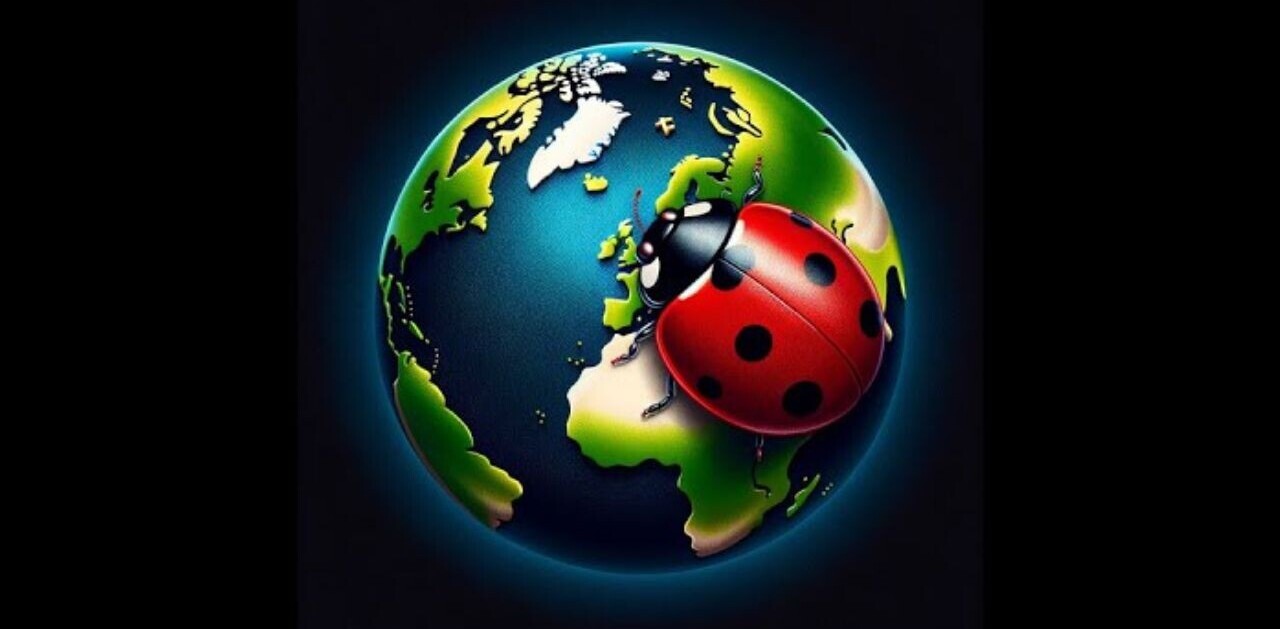
The new iPhone 5 supports the super fast 4G LTE, but Apple learned the hard way with the third-generation iPad that not all LTE is created equal. Based on the company’s current technical specifications, the iPhone 5 won’t support LTE networks in several major countries that it’s planning on launching the smartphone in later this month.
The new handset will arrive first in the US, Canada, France, UK, Germany, Australia, Japan, Hong Kong and Singapore. The initial launch will cover LTE bands 1, 3, 4, 5, 13, 17 and 25.
Apple’s two separate models are broken up into a GSM (A1428) device and model A1429, which is split into either CDMA or global GSM. The only apparent difference between the A1428 GSM version and the A1429 global GSM model is the supported LTE bands.
The iPhone maker’s technical specifications show that the A1428 iPhone operates on LTE bands 4 and 17, which should include AT&T in the US and Bell, Rogers and Telus in Canada. The A1429 CDMA model works on Sprint and Verizon, as well as KDDI in Japan, by way of bands 1, 3, 5, 13 and 25. Apple lists the A1429 GSM model as supporting LTE networks in Germany, the United Kingdom, Australia, Japan, Korea, Hong Kong and Singapore on bands 1, 3 and 5.

It is also worth noting that, with the iPhone 5, Apple appears to have switched from marketing the specific frequencies of its LTE connections to simply listing the numerical frequency bands. The iPad, for example, is listed as supporting 700 and 2100 MHz LTE on the AT&T model and 700 MHz on the Verizon version.

Apple has created a separate page listing LTE support for upcoming countries and their respective wireless operator, but adding to it as more countries arrive could get unwieldy. It also remains to be seen whether iPhone buyers will take the time to check for support on the page before buying.
While Apple’s first country lineup for the iPhone 5 is well set up for an LTE launch, the situation with the second batch of countries, which are scheduled to get the iPhone on September 28th, is more complicated. The list of countries is as follows: Austria, Belgium, Czech Republic, Denmark, Estonia, Finland, Hungary, Ireland, Italy, Liechtenstein, Lithuania, Luxembourg, Netherlands, New Zealand, Norway, Poland, Portugal, Slovakia, Slovenia, Spain, Sweden and Switzerland.
For starters, not all of the countries on that list have operational LTE networks – only 46 countries currently are up and running with the standard. However, customers within countries without LTE support won’t be expecting their new iPhones to magically jump onto non-existent networks. The real trouble could arise in countries with incompatible LTE support, as few consumers will understand, let alone care about, the complexities of differing frequency bands and spectrum allocations between countries.
Some of the countries scheduled to get the iPhone operate their LTE networks on band 3, which shouldn’t be a problem for either the CDMA or GSM A1429 version. However, several countries, such as Austria, Denmark, Estonia, Finland, Norway and Switzerland, operate on band 7, which is not listed as supported by the iPhone 5. Still others have LTE networks on band 38, which like band 7, is at the 2600MHz frequency.
Things could also get messy between carriers within countries as some of them get blocked out of LTE support based on which bands they operate on. For instance, EE currently has a lock on the LTE iPhone in the UK because it runs on band 3, while Vodafone and O2, at least for now, will be restricted to providing 3G service for the new iPhone because of spectrum limitations.
TNW has contacted Apple to find out whether it plans to release an iPhone with support for band 7 or band 38, but the company didn’t immediately respond.
Looking ahead, Apple will also need to eventually add an iPhone 5 model capable of bands 7 and/or 38 if it wants to reach LTE speeds in emerging markets like Brazil and Russia.
Considering that Apple is steam rolling ahead with a rapid international release schedule to hit 100 countries and 240 carriers by the end of this year, the confusion between compatible and incompatible LTE networks is likely going to be a growing issue for a consumers. Hopefully, Apple has its marketing team at the ready so it can avoid a lawsuit and fine.
Header image: Apple
(hat tip Horace Dediu)
Get the TNW newsletter
Get the most important tech news in your inbox each week.




